6.5 Gender Socialization Inside Family and Childhood
Gender socialization occurs through four major agents of socialization: family, schools, peer groups, and mass media. Each agent reinforces gender roles by creating and maintaining normative expectations for gender-specific behavior. Exposure also occurs through secondary agents such as religion and the workplace. Repeated exposure to these agents over time leads people into a false sense that they are acting out genders naturally rather than following a socially constructed role.
Family is the first and most important agent of socialization because it is the center of a child’s life. Parents, siblings, guardians, and grandparents, plus members of an extended family, all teach a child what he or she needs to know through primary socialization. For example, families show children how to use objects such as clothes, computers, eating utensils, books, and bikes. They show children how to relate to others—some as “family,” others as “friends,” still others as “strangers,” or “teachers” or “neighbors.” And they show children how the world works—what is “real” and what is “imagined.” As you are aware, from your own experience as a child or from your role in helping raise one, socialization includes teaching and learning about an unending array of objects and ideas.
More specifically, sociologists examine how families enact gender socialization, teaching their children the norms, roles, and scripts related to gender. For example, a child who grows up in a two-parent household with a mother who stays at home and a father who acts as the breadwinner may internalize these gender roles, regardless of whether or not the family is directly teaching them. Likewise, if parents buy dolls for their daughters and toy trucks for their sons, the children will learn to value different things.
There is considerable evidence that parents socialize biological males and females differently. Biological females are often given more grace to step outside their prescribed gender roles. However, biological males typically have greater privileges, such as being allowed more autonomy and independence at an earlier age. They may be given fewer restrictions on appropriate clothing, dating habits, or curfew. They are also often free from domestic duties such as cleaning, cooking, and other household tasks considered feminine. Biological female children are limited by their expectation to be passive and nurturing, generally obedient, and to assume domestic responsibilities.
Socialization based on gender is called gender role theory, which is the idea that boys and girls learn the behavior and attitudes about performing one’s biologically assigned gender. Even when parents set gender equality as a goal, there may be underlying indications of inequality. Boys may be asked to take out the garbage or perform other tasks that require strength or toughness, while girls may be asked to fold laundry or perform duties that require neatness and care.
Sociologists recognize that race, ethnicity, social class, religion, education, and other societal factors also play an important role in socialization. BIPOC families, for instance, are more likely than White families to model an egalitarian gender role structure for their children (Staples and Boulin Johnson 2004).



Figure 6.13. Examples of families with gender dynamics that may or may not fit the general norms of society.
Just how deeply are the binary ideas of masculinity and femininity embedded in the simple everyday interaction of kids? If you look around at places you go on a daily basis, you can see differences in colors for toys and clothing, as well as what aspects of society children are allowed to engage with based on their biological sex at birth.
6.5.1 Gender Socialization through Consumerism
From birth, young children are given gendered clothing, toys, and decorations. We often see young children dressed in gendered clothing that is color specific, like pink or blue. Female babies are adorned in high heels, bikinis, and sexualized shirts, and boy babies appear in clothing that displays heteronormative masculine ideas of how they should behave, like “I am a tits man” (figure 6.14).

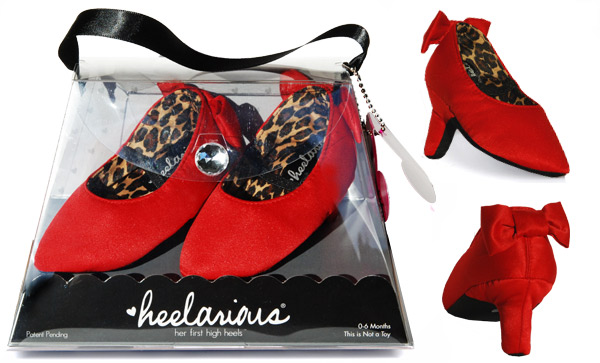



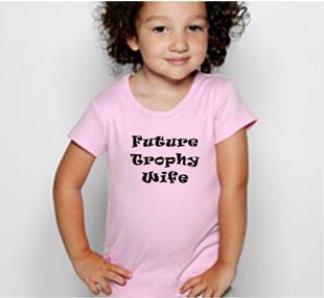
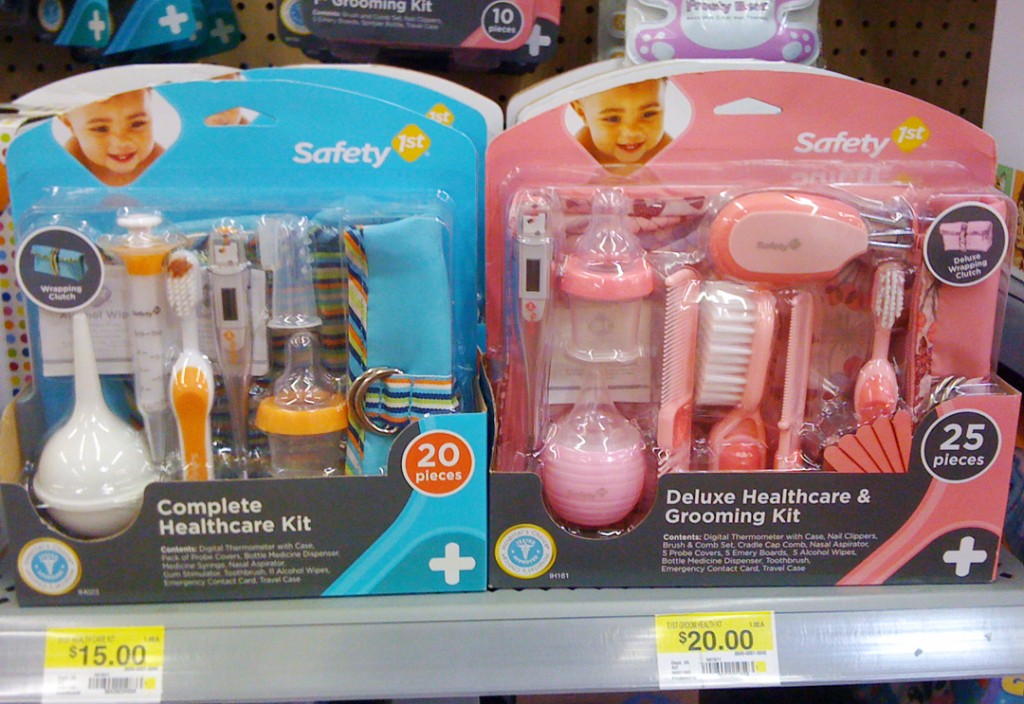
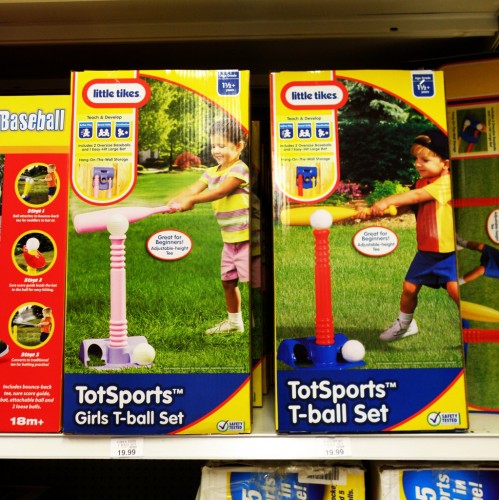
Figure 6.14 – photos of young children’s clothes and toys that show gendered assumptions, norms, and how deeply embedded the ideas of femininity and masculinity are in our society. Including high heels (for babies), Heelarious 2010
If you remember from Chapter 2 the research suggests that media has a significant impact on children and their understanding of gender roles and sexuality. It impacts their ideas of what is masculine/feminine, and what is acceptable within those roles, more of the media pieces of gender and socialization will be covered in Chapter 10. When looking for toys for kids, don’t forget to reference figure 6.15 for clear guidance.
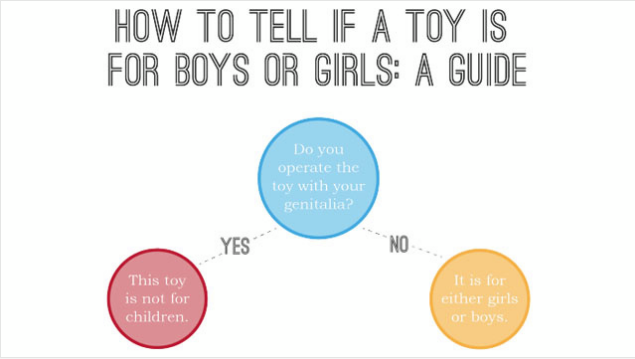
Figure 6.15. How to tell if a toy is for boys or girls – What do you think?
6.5.2 Activity: Is it a Girl Thing or a Boy Thing?
There is a list of words and activities below, as you read them make a note of whether your first gut response is a girl thing or a boy thing, feminine or masculine.
|
|
|
|
|
|
|
|
|
|
|
|
|
|
|
|
|
|
|
|
|
Once you have read through the whole list and noted whether you thought they were for boys/girls ask yourself or group the following questions:
- Where do these ideas come from?
- Is it true that these are just girls or boys things?
- Where are these answers coming from – do children really think this way?
Now watch this clip of how children think of gender norms around the world: Hear Kids’ Honest Opinions on Being a Boy or Girl Around the World | National Geographic
- Do these ideas resonate with you? What about your childhood?
- Do the children fit the stereotypes we discussed in this section?
- Would you assume that all kids would say these? Many of the perceived ‘boys’ had very compassionate and nurturing responses to questions, what do you think will happen as they get older?
- How did the gender norms vary between areas of the world? Culture?
6.5.3 Licenses and Attributions for Gender Socialization Inside Family and Childhood
“Gender Socialization Inside Family and Childhood” by Heidi Esbensen is licensed under CC BY 4.0.
Gender Socialization within the family from 5.3 Agents of Socialization – Introduction to Sociology 3e | OpenStax modified and edited by Heidi Esbensen under license CC BY 4.0.
Figure 6.12a. Photo by Dziana Hasanbekava is licenced under the Unsplash License
Figure 6.12b. Photo by Sai De Silva is licensed under the Unsplash License.
Figure 6.12c. Photo by Jessica Rockowitz is licensed under the Unsplash License.
Figure 6.13a, b, & c. “Future Trophy Wife” and “Future MILF” photos via Sociological Images and “I’m a Boob Kind of Guy” by deerlyloveabledesign/ETSY are included under fair use.
Figures 6.14d & e. Toy photos by Heidi Esbensen are licensed under CC BY 4.0.
Figure 6.15. “How To Tell If A Toy Is For Boys Or Girls In One Easy Step” via HuffPost Life is included under fair use.
6.5.2 Activity: Is it a Girl Thing or a Boy Thing? adapted and modified from Open Learn Create under CC BY-NC-SA 4.0

